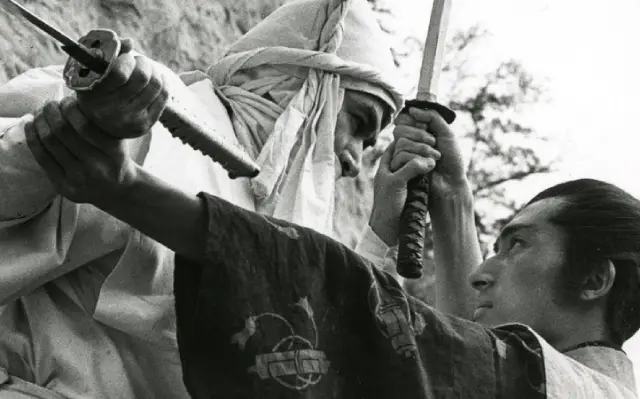
Samurai Spy (Ibun Sarutobi Sasuke), also known as Spy Hunter, is a 1965 film directed by Masahiro Shinoda, adapted from a novel by Koji Nakada. The film follows the legendary ninja Sasuke Sarutobi as he hunts the elusive spy Nojiri, while a shadowy figure named Sakon leads a group of men with their own designs on Nojiri. As the pursuit unfolds, the lines between allies and enemies blur, leaving everyone unsure of each other's true allegiance. Created during the height of the Cold War, the movie reflects the complexities and shifting loyalties of spies caught in the power struggles of their era.
Set between the Battle of Sekigahara (1600) and the Siege of Osaka (1614), the film depicts a Japan newly unified under the Tokugawa shogunate, but still teetering on the brink of conflict. The story centers on Sarutobi Sasuke (Kōji Takahashi), a spy for the Sanada Clan, who is weary of war and yearns for peace. When a high-ranking spy, Tatewaki Koriyama, defects from the shogunate to a rival clan, Sasuke finds himself trapped between two opposing factions—the spies of the Tokugawa Shogunate and those loyal to the Toyotomi Clan. Despite the Tokugawa's dominance following their victory at Sekigahara, they face resentment from samurai who have become rōnin after the battle.
The Tokugawa spies are led by Sakon Takatani (Tetsurō Tamba) and Tatewaki Koriyama (Eiji Okada), while the Toyotomi spies are commanded by Shigeyuki Koremura (Eitaro Ozawa) and his lieutenant Takanosuke Nojiri (Kei Satō). The plot kicks off when a Toyotomi spy, Mitsuaki Inamura (Mutsuhiro Toura), approaches Sasuke with news that Tatewaki intends to betray the Tokugawa and join the Toyotomi. Sasuke, fearing that this intrigue will spark another war, initially refuses to get involved, but Mitsuaki persuades him by revealing that the local magistrate, Genba Kuni (Minoru Hodaka), is hunting him.
As they travel together, Sasuke observes a mysterious woman accompanied by an older man, whom they had seen earlier in town. When Mitsuaki is ambushed and Sasuke comes to his aid, their journey takes a dark turn. Later, at an inn in the next town, Mitsuaki is assassinated, and Sasuke, discovering the body, is falsely accused of the murder. Fleeing the scene, he encounters the mysterious woman again, but when she is also found dead, Sasuke is once more suspected of the crime. Determined to clear his name and uncover the truth, Sasuke plunges deeper into the web of intrigue he had sought to avoid, ultimately becoming entangled in the plot to help Tatewaki defect to the Toyotomi and betray the Tokugawa.
See also
-
Tatara Samurai
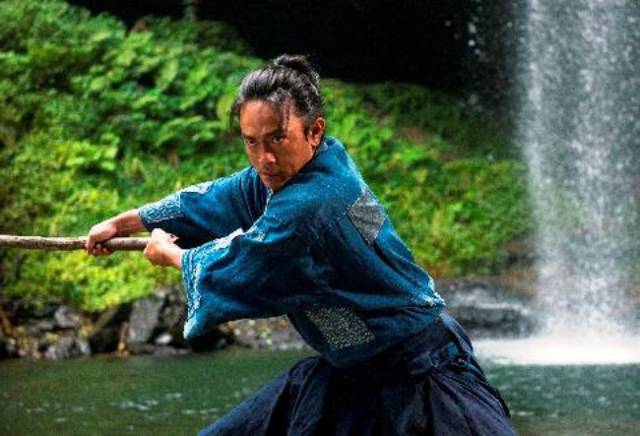
One day, bandits raid the quiet Tatara village, renowned for its steelworks and sword craftsmanship. Despite the arrival of samurai to protect the villagers, young Gosuke's mother is tragically killed while fleeing with him.
-
Samurai Fiction
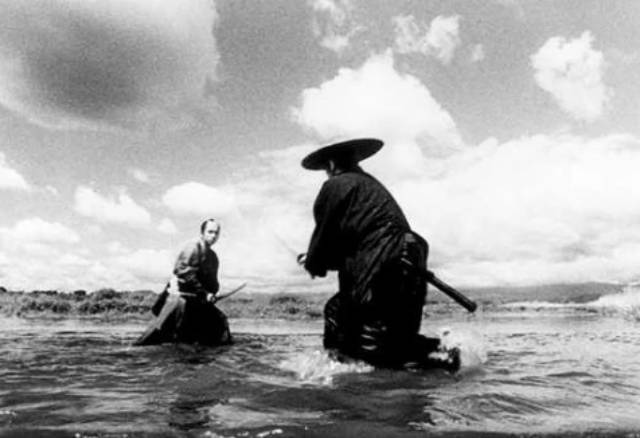
Samurai Fiction is a 1998 samurai-comedy film directed by Hiroyuki Nakano. The movie stands out for being filmed almost entirely in black-and-white, paying homage to classic jidaigeki samurai films. However, what sets it apart from its inspirations, including the works of Akira Kurosawa, is its modern twist, notably Tomoyasu Hotei's rock-and-roll soundtrack. A loose spinoff, Red Shadow, was released in 2001.
-
Rurouni Kenshin
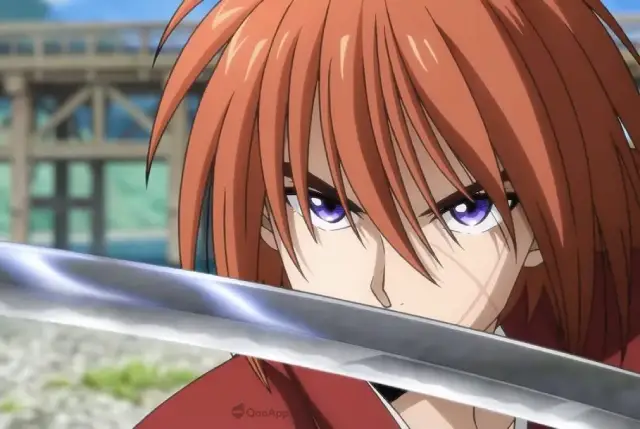
Rurouni Kenshin: Meiji Swordsman Romantic Story (Japanese: Hepburn: Rurōni Kenshin -Meiji Kenkaku Roman Tan-) is a Japanese manga series created by Nobuhiro Watsuki. Set in 1878, during the 11th year of the Meiji era in Japan, the story follows a former assassin known as Hitokiri Battosai. After his role in the turbulent Bakumatsu period, he adopts the identity of Himura Kenshin, a wandering swordsman who vows never to kill again. He dedicates his life to protecting the people of Japan. Watsuki crafted this series with the intent to create a unique shōnen manga, distinguishing it with a protagonist who is a former assassin and a narrative that becomes increasingly serious as it progresses.
-
Samurai III: Duel at Ganryu Island
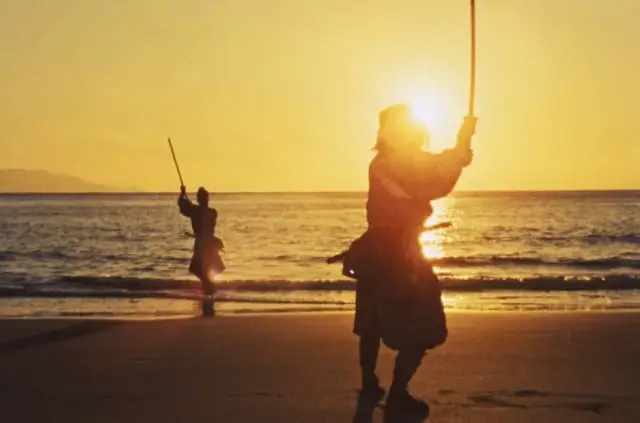
Samurai III: Duel at Ganryu Island (Japanese: Hepburn: Miyamoto Musashi Kanketsuhen: Ketto Ganryūjima) is a 1956 Japanese film directed by Hiroshi Inagaki and starring Toshiro Mifune. Filmed in Eastmancolor, it serves as the concluding chapter of Inagaki's Samurai Trilogy.
-
Samurai Marathon
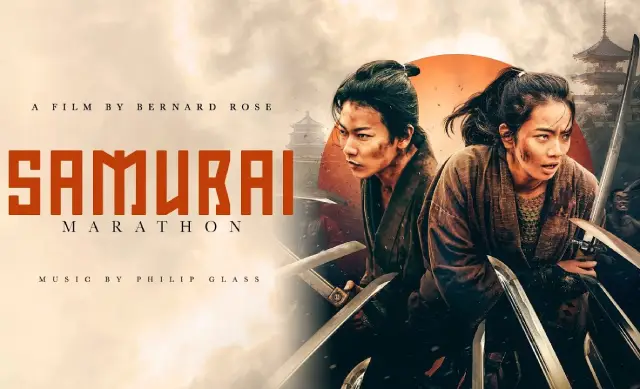
The producing team behind Takashi Miike's "13 Assassins," Jeremy Thomas and Toshiaki Nakazawa, reunite for another visually striking and action-packed samurai film. Based on a novel by Akihiro Dobashi, this film may not reach the same heights of relentless carnage or critical acclaim as its predecessor, but it still offers an exciting and occasionally humorous addition to the samurai genre, likely to resonate with festival audiences. This story of a literal running battle between rival samurai factions could see moderate success in theaters, though it may require more marketing effort without the ultra-violent appeal that made "13 Assassins" memorable.
-
Samurai II: Duel at Ichijoji Temple (1955)
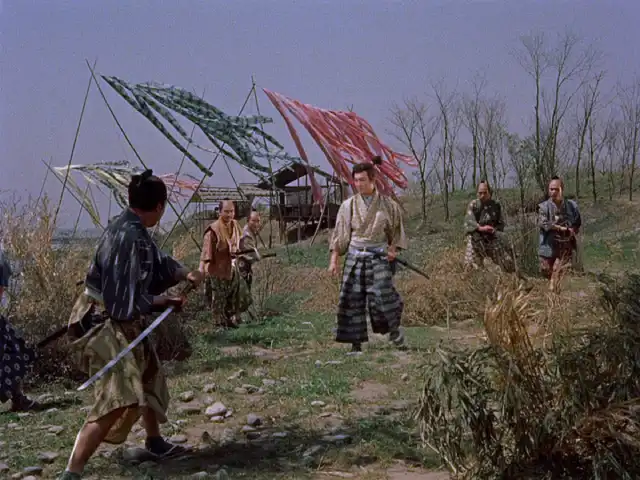
Duel at Ichijoji Temple (Hepburn: Zoku Miyamoto Musashi: Ichijōji no Kettō) is a 1955 Japanese film directed by Hiroshi Inagaki and starring Toshiro Mifune. Filmed in Eastmancolor, it is the second installment in Inagaki's Samurai Trilogy.
-
The Samurai I Loved (Semishigure)
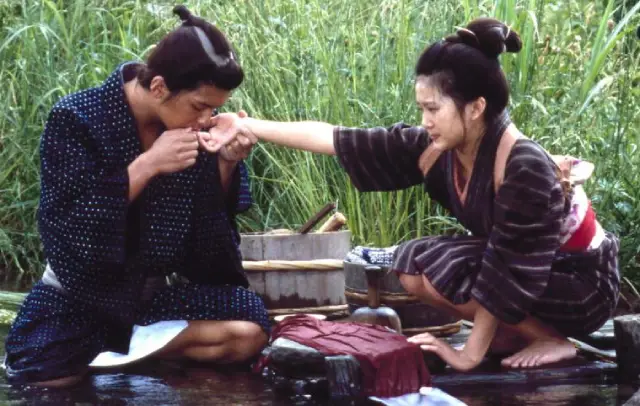
The costumes, settings, and script of The Samurai I Loved immediately transport samurai film enthusiasts back to the golden era of classic black-and-white samurai masterpieces.
-
Samurai Wolf (Kiba Okaminosuke)
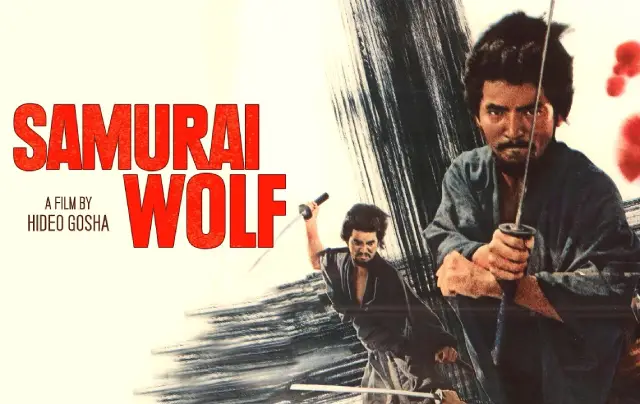
Hideo Gosha’s Samurai Wolf (Kiba Okaminosuke) is a gritty, hard-edged, and bloody reimagining of the traditional chambara film—a genre of action-oriented, historical sword-fighting movies that enjoyed widespread popularity in Japan throughout the 1950s but had begun to decline by the mid-1960s. Gosha had already established his reputation in this genre with films such as his debut feature, Three Outlaw Samurai (Sanbiki no samurai, 1964), a prequel to a popular television series, and Sword of the Beast (Kedamono no ken, 1965). These works established Gosha as a renegade artist unafraid to break conventions, a reputation that Samurai Wolf only cemented.

